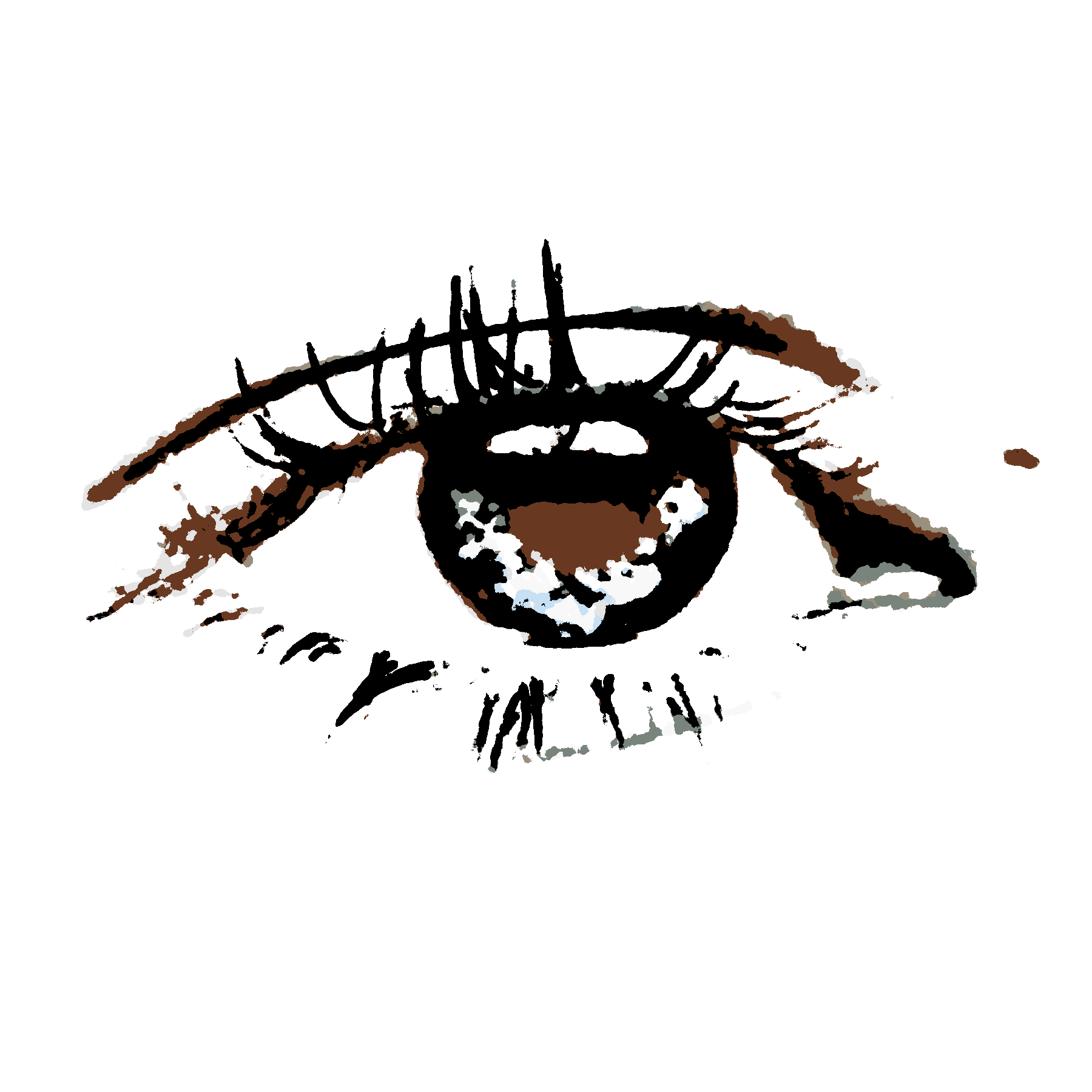Dumbledor
They are most commonly found where flowers are plentiful, and build nests hanging from trees in which to lay their eggs.
Cultural Reception
The dumbledor is often used as a symbol of the happy worker, due to it's delightful sound and industrious behaviour, and has held this image since ancient times.This sentiment has been well-anchored in the following little poem, often sung to a popular tune in Houses of the Public across the Tightish Empire.
Among the bonny blooms of spring,
Across the lees and ways,
There is a merry little thing,
That toils for all its days,
It dumbles on it's little tune,
Though no-one knows the verse,
And when one hears it, very soon,
It undoes every curse,
This creature of the most delight,
Who does the job of four,
It is, and you have guessed it right,
The humble dumble-dor!
Behaviour
The dumbledor lives in large nests together with many other of its kind, and will defend their nest viciously.It is most commonly seen dumbling merrily around flower-patches and bushes in bloom, feasting off of the flowers for hours on end before slowly returning to its nest, which may be located at a great distance from the dor.
It is not well known what happens inside the nest, but it is believed that this is where mating takes place.
Basic Information
Anatomy
This sting is administered via a single, conical thorn located at the rear of the dor which may cause the victim to suffer a bout of Malaruse that can cause severe swelling of the windpipes and lead to asphyxiation, though most cases do not result in such a severe outcome.
Dietary Needs and Habits
It appears to process this fluid into honey, which is then used within the nest.
Additional Information
Uses, Products & Exploitation
The dumbledor covers its eggs in a rich, sticky substance resembling liquid amber.
This liquid is often used as a sweetener, known as honey, which is easily harvested from damaged nests.
While it isn't known what this mechanism achieves, it is stipulated that it may serve to protect the young, or provide a tasty meal for the young ones to feast upon. Recently philosophers have also entertained the possibility that the pollen that covers it after feasting on flowers is not mere accident, but may actually improve the flower's success at creating offspring.



Seems like a nice animal - apart from that bite :p Though what do dors look like? Since the article is not published yet I wasn't able to get a clear picture of that... For some reason I imagine like a bird even if it has fur :p
I don't invent animals, so the answer lies in the thing it covers it's eggs with! By-the-by, how did you like the poem I wrote?
it's a cute poem :D